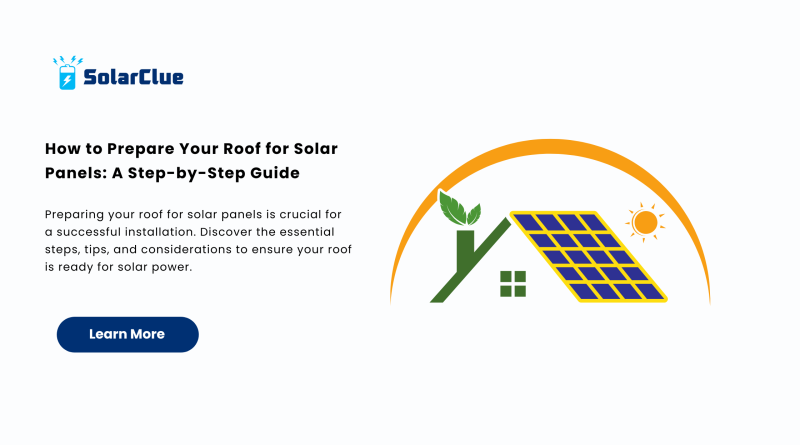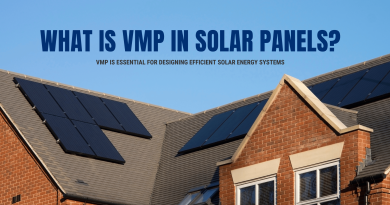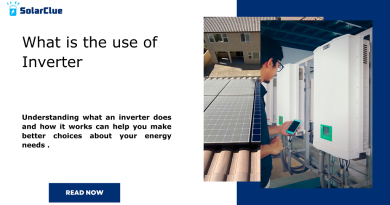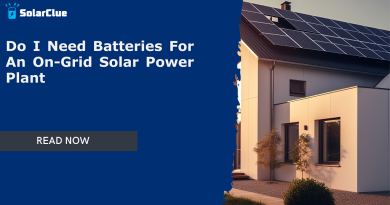How to Prepare Your Roof for Solar Panels: A Step-by-Step Guide
Installing a solar power system on your roof can help you reduce energy costs and decrease your carbon footprint. However, before you jump into the installation process, it’s essential to prepare your roof properly. Ensuring that your roof is ready for solar panel installation can help improve the longevity and efficiency of your solar panels. In this blog post, we’ll walk you through the critical steps needed to prepare your roof for solar panels and make the most out of your solar power investment.
Table of Contents
- 1 Assess the Condition of Your Roof
- 2 Check the Roof’s Structural Integrity
- 3 Determine the Optimal Orientation and Angle
- 4 Clear the Roof of Obstructions
- 5 Install Necessary Mounting Systems
- 6 Check for Wiring and Electrical Requirements
- 7 Clean Your Roof Regularly
- 8 FAQs About Preparing Your Roof for Solar Panels
Assess the Condition of Your Roof
Before installing solar panels, you must first evaluate the condition of your roof. This is one of the most important steps in ensuring your solar power system functions effectively.
Inspect for Damage
Check your roof for any damage, including leaks, cracks, or missing shingles. Solar panels are designed to last for decades, so you want a sturdy roof that can support their weight for the long term. If your roof is damaged or near the end of its lifespan, it may be wise to repair or replace it before proceeding with the installation.
Consider the Roof’s Age
If your roof is over 20 years old, it may not be in the best condition to support solar panels. In such cases, it’s better to replace the roof before installing your solar panel system. This will help avoid future repair costs and ensure the solar installation remains secure for the long term.
Check the Roof’s Structural Integrity
The next step in preparing your roof for solar panels is ensuring it can handle the weight of the solar power system. Most solar panel systems are lightweight, but they still require a solid base for installation.
Evaluate the Load-Bearing Capacity
Depending on your roof type, the weight of the solar panels and racking system can vary. Consult a professional roofer or solar installer to ensure that your roof structure can handle the additional load. This step will prevent damage and ensure a secure installation.
Determine the Optimal Orientation and Angle
For maximum efficiency, the orientation and angle of your solar power system matter significantly. A professional solar installer will assess the angle of your roof to determine the optimal positioning for your solar panels.
Roof Orientation
Solar panels perform best when they face the sun directly. Ideally, your roof should have a southern exposure (for northern hemisphere installations) to capture the most sunlight throughout the day. However, east or west-facing roofs can also work, though they may produce slightly less energy.
Roof Angle
The angle of your roof will influence how much sunlight the solar panels receive. Roofs with an angle between 30 to 45 degrees are ideal for solar installation. If your roof has a different pitch, your installer might adjust the tilt of the panels to optimize energy production.
Clear the Roof of Obstructions
Before your solar power system installation, make sure to remove any debris or obstructions on your roof. This includes branches, leaves, or anything else that could obstruct sunlight from reaching the panels.
Trim Overhanging Trees
Trees can create shade on your solar panels, reducing their efficiency. If you have trees near your roof, consider trimming them back to ensure your panels receive maximum sunlight exposure.
Install Necessary Mounting Systems
Solar panels are attached to your roof using a mounting system, which must be securely anchored to prevent movement during high winds or storms. A professional solar installer will ensure that the mounting system is properly installed to support your solar power system.
Mounting System Options
There are various mounting systems available depending on your roof type. For example, a roof for solar panels with a flat surface might require a different mounting solution compared to a sloped roof. It’s important to choose the right mounting system to ensure stability and longevity.
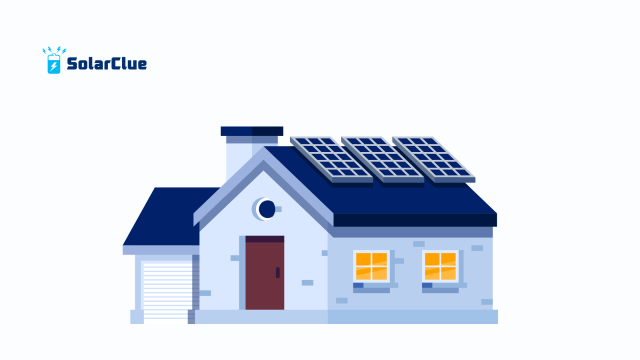
Check for Wiring and Electrical Requirements
Your solar power system will need to be connected to your home’s electrical system. This requires proper wiring and an inverter to convert DC electricity from the panels into usable AC electricity. It’s crucial to ensure that your roof is prepared for wiring installations.
Plan for Electrical Panel Location
The inverter, which converts the power generated by your solar panels, should be installed near your electrical panel. Your roof may need to be modified for wiring, so plan this step in advance to avoid last-minute adjustments.
Clean Your Roof Regularly
Once your solar panels are installed, maintaining a clean roof is essential for ensuring the longevity and efficiency of the system. A dirty roof or panels can reduce the amount of sunlight the panels capture.
Professional Cleaning
Consider hiring a professional cleaning service to maintain your roof and solar panels. Regular cleaning will ensure that your solar power system continues to perform at its best for years to come.
FAQs About Preparing Your Roof for Solar Panels
Q1: Can I install solar panels on any roof?
A1: Solar panels can be installed on most roof types, but it’s essential to assess the condition, age, and structural integrity of your roof before installation. A professional installer will determine if any adjustments or repairs are needed.
Q2: How long will my roof last with solar panels?
A2: Solar panels typically last 25-30 years, but your roof’s lifespan depends on the material. If your roof is nearing the end of its life, consider replacing it before installing solar panels to avoid future issues.
Q3: How much weight do solar panels add to my roof?
A3: Solar panels and their mounting system typically weigh between 2 to 4 pounds per square foot. Your roof should be able to handle the additional load, but it’s always recommended to consult with a structural engineer or installer.
Q4: Will installing solar panels damage my roof?
A4: If installed correctly, solar panels should not damage your roof. A professional installer will ensure the proper mounting system is used, preventing leaks or other issues.
Q5: How can I maximize the energy production of my solar panels?
A5: The best way to maximize energy production is to ensure that your solar panels are installed at the correct angle and orientation, free from obstructions, and maintained regularly.
Ready to make the leap to solar power? Ensure that your roof is prepared for the installation by following these essential steps. For a smooth installation process, visit SolarClue, your trusted partner for all your solar needs. For more insights on solar energy, check out SolarClue Blog.

